Does a dining room need to be next to the kitchen? Experts weigh in
We asked designers about the best spot for a dining room – does it always need to be right next to the kitchen? Here's what they said
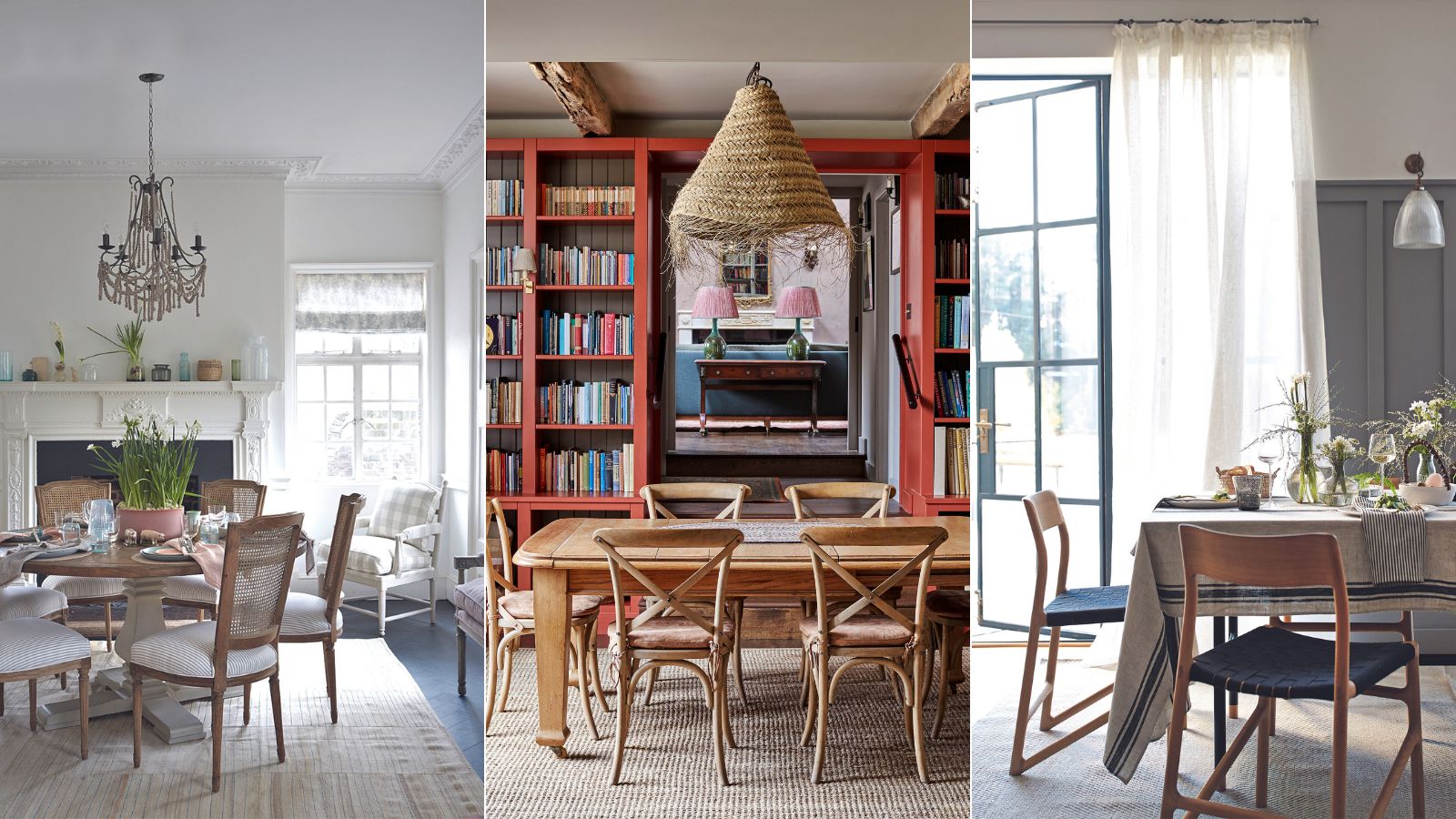

The way the rooms in a home are laid out determines how it functions as well as how it looks. Some rooms go together naturally but details count, so you might be wondering whether a dining room needs to be next to the kitchen.
Are there advantages in maximal proximity between the space in which you prepare meals and the space where they’re eaten? Or perhaps a little distance between dining room ideas and the kitchen can be preferable?
To provide the answer to these questions and help you create a home that works beautifully for every family member and when you’re hosting guests, we asked interior designers to share their expertise, and here is what they told us.
Does a dining room need to be next to the kitchen?
Kitchen-diners allow a breakfast room – also known as a breakfast or dining nook – to be a part of the kitchen rather than a separate room, but for many Americans, a separate dining room is desirable in addition to a breakfast room, or as an alternative space walled off from the kitchen and often closed off by a door.
A dedicated dining room is typically near to the kitchen, but does that mean it needs to be next to it, or can further separation be desirable in some circumstances? Below are the factors that can influence the decision so you can achieve the right arrangement for your home.
Think serving and clearing
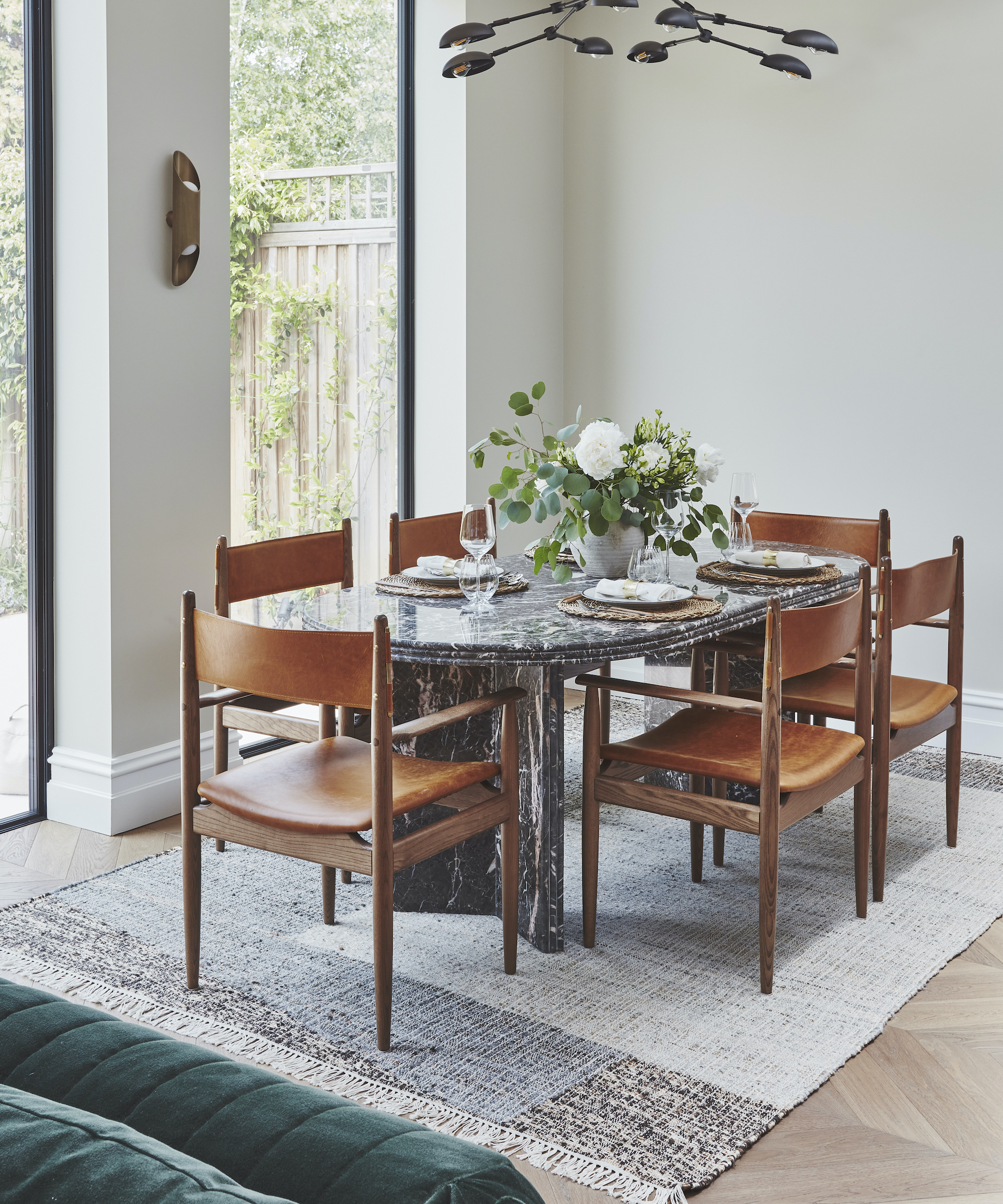
One of the major advantages of locating a dining room next to the kitchen is that it’s convenient for both serving food and clearing up after a meal.
‘Placing the dining room adjacent to the kitchen is time-honored. It ensures hot meals are served without delay,’ says interior designer Artem Kropovinsky. Meanwhile, there’s minimal distance between dining and dishwashing when cleaning up, he points out.
Susan Serra, president, designer, Susan Serra Associates, agrees. ‘Dining rooms are typically next to the kitchen due to the convenience of transporting food and serveware to and from one space to the other,’ she says.
However, she notes that there is a possible solution should a current dining room space next to a kitchen be useful for another function.
‘The existing dining room may be much better suited to another purpose such as a comfortable gathering area near the kitchen,’ says Susan. ‘With the help of a lovely vintage cart, moving items from the kitchen to a dining room further away can be a great, and accessible, solution to reclaiming space for more frequent use.’

Based in New York, Artem Kropovinsky, founder of Arsight, has a decade of extensive and considerable global design experience. Prioritizing minimalism, sustainability, and authenticity, Artem, alongside his team of professionals, works on projects in the US and worldwide.
Consider sociability
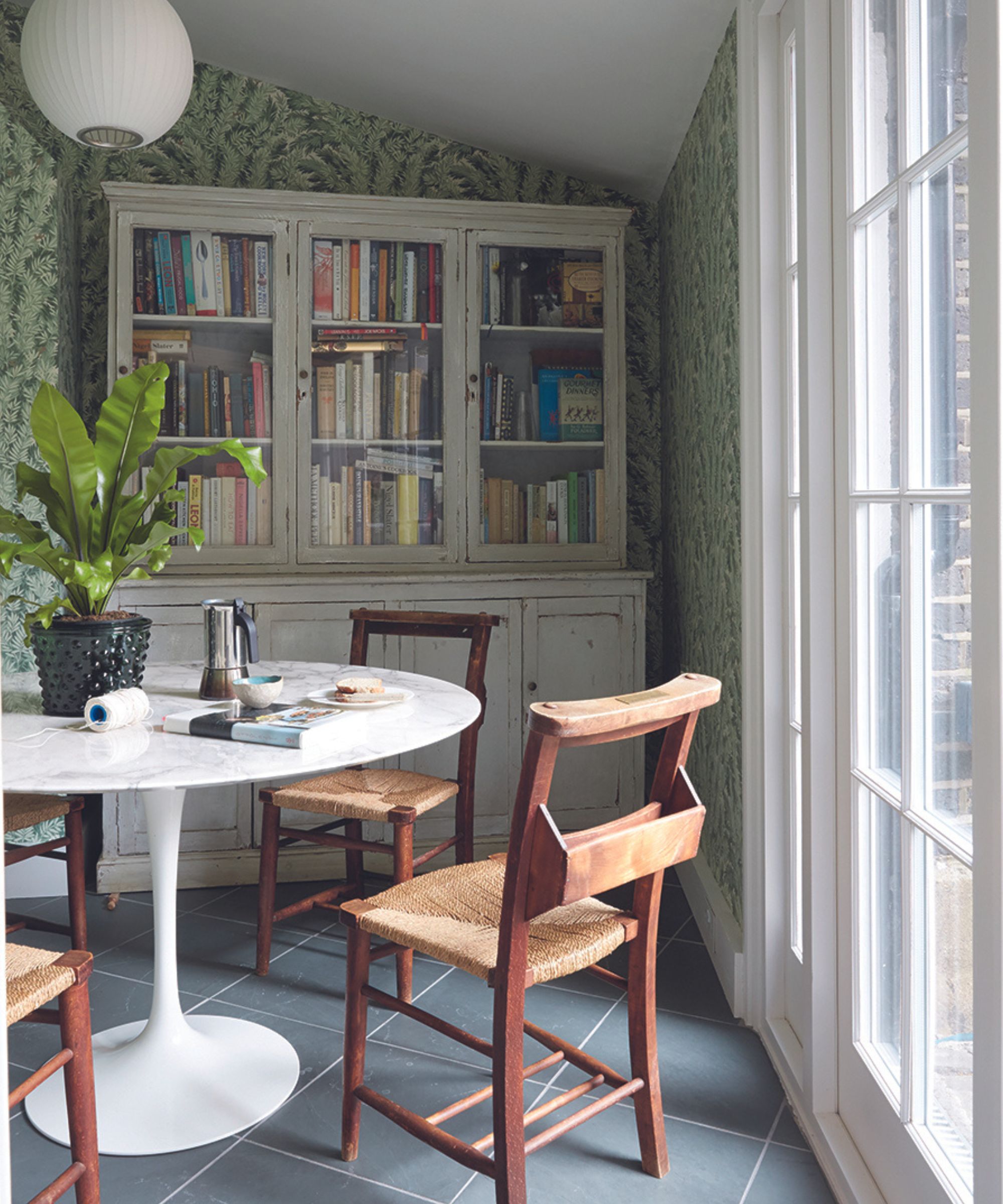
A further advantage of a dining room that’s next to the kitchen is that the chef won’t feel isolated. ‘There’s ease of interaction between hosts and guests during dinner prep,’ says Artem Kropovinsky.
Bear in mind, though, that while many people prefer this lack of isolation, for some people talking while preparing feels too distracting, and personal preference should always guide you when thinking about this factor.
A dining room not beside the kitchen can also be preferable for formal dinners. ‘The cooking process is behind the scenes, putting the focus on the dining experience,’ says Artem.
Focus on atmosphere
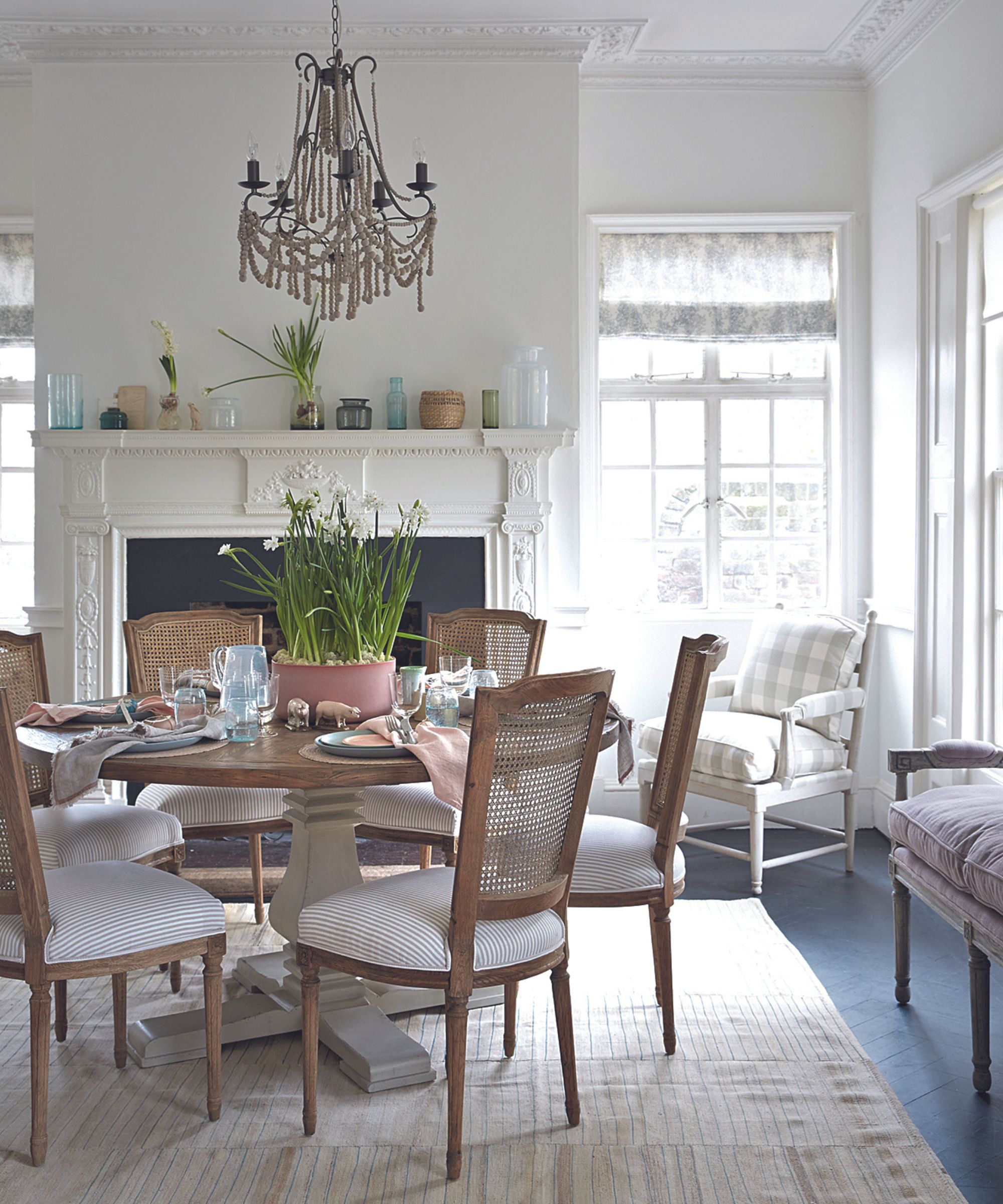
A dining room that’s not right next to the kitchen can have a different atmosphere from one that is – and there are reasons to prefer this. ‘A stand-alone dining area can be curated for ambiance, separate from the bustle of the kitchen,’ says Artem Kropovinsky. ‘Though it may demand more footwork, the spatial distinction makes each meal feel like an event.’
Equally, locating the dining room further from the kitchen could allow better views, points out Susan Serra.
Opt for an open layout
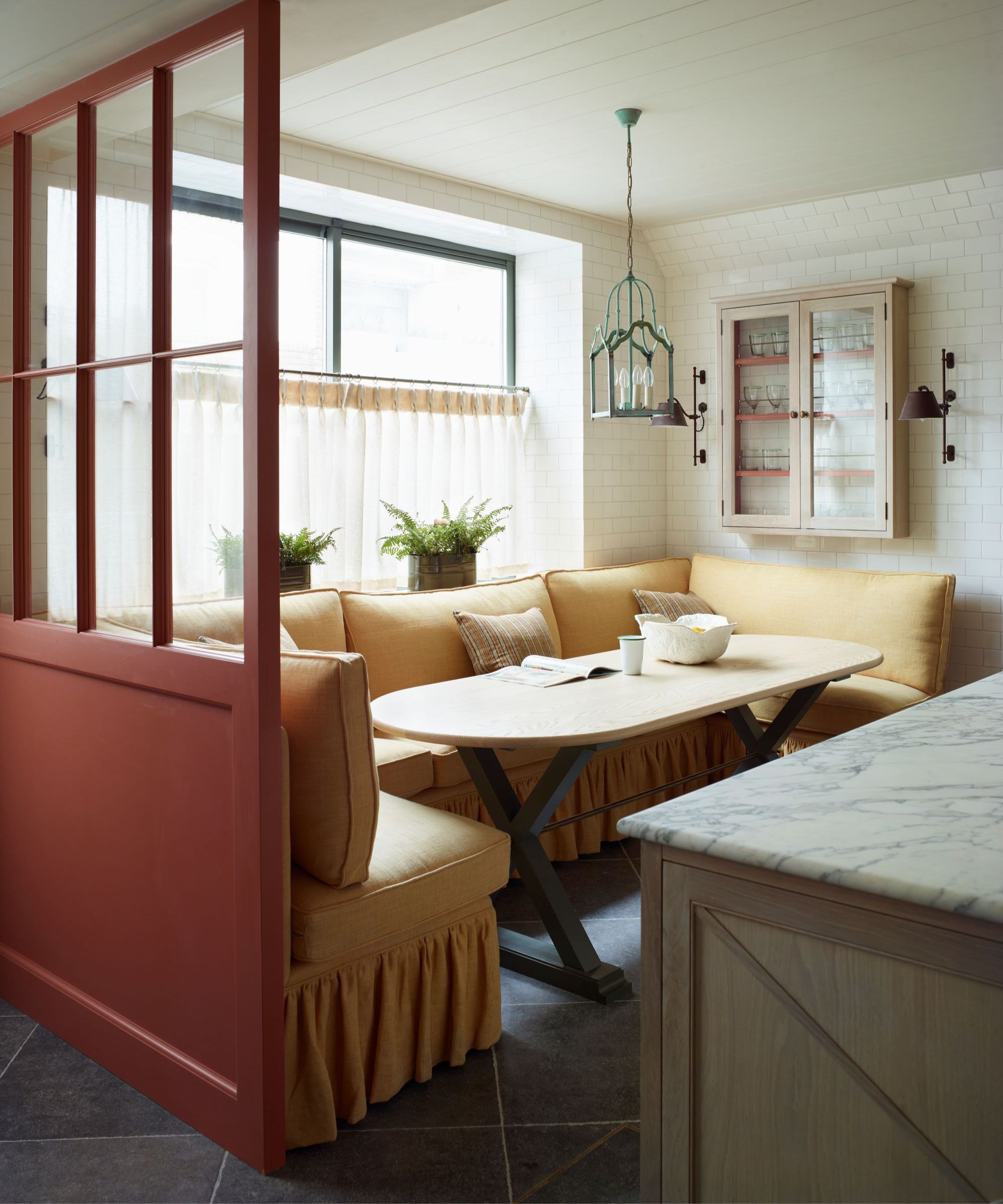
There is a further alternative to the choices of putting the dining room next to the kitchen or locating it further away.
‘While it makes logistical sense to locate the dining room adjacent to the kitchen, we are seeing the expected sequence of “rooms” be rethought,’ says Laurie Hughet-Hiller, principal at McIntosh Poris Architects. ‘In many contemporary homes we design for today’s lifestyle, we often eschew the traditional plan of an eat-in kitchen with a separate formal dining room in favor of leaving the kitchen open to the dining area and the living area. The kitchen, dining, and living functions then all flow together as part of a single, open volume of space.’
FAQs
Can a dining room be separate from a kitchen?
A dining room can be separate from a kitchen. It may be preferable if you need to seat a large number of people – either because of family size or you like having large groups of guests over. It also helps make dining more of an occasion. Keeping dining within the kitchen has benefits along with possible downsides you should consider. ‘An integrated kitchen-dining space caters to the modern, open-plan aesthetic,’ points out interior designer Artem Kropovinsky. ‘It blurs boundaries and promotes inclusivity. It also enables multitasking, ‘managing culinary tasks while staying engaged with seated guests’, he says. ‘The challenge lies in ensuring the kitchen remains tidy, as everything is in the line of sight,’ Artem adds.
Convenience of proximity should be weighed up against factors such as noise, views, and the creation of a more formal atmosphere when deciding if the dining room is next to the kitchen. Both modern dining rooms and traditional dining rooms can make the space special. Think dining room wallpaper, colors, furnishings, and elegant dining room lighting, too for a sophisticated space.
Sign up to the Homes & Gardens newsletter
Design expertise in your inbox – from inspiring decorating ideas and beautiful celebrity homes to practical gardening advice and shopping round-ups.

Sarah is a freelance journalist and editor. Previously executive editor of Ideal Home, she’s specialized in interiors, property and gardens for over 20 years, and covers interior design, house design, gardens, and cleaning and organizing a home for Homes & Gardens. She’s written for websites, including Houzz, Channel 4’s flagship website, 4Homes, and Future’s T3; national newspapers, including The Guardian; and magazines including Future’s Country Homes & Interiors, Homebuilding & Renovating, Period Living, and Style at Home, as well as House Beautiful, Good Homes, Grand Designs, Homes & Antiques, LandLove and The English Home among others. It’s no big surprise that she likes to put what she writes about into practice, and is a serial house renovator.
-
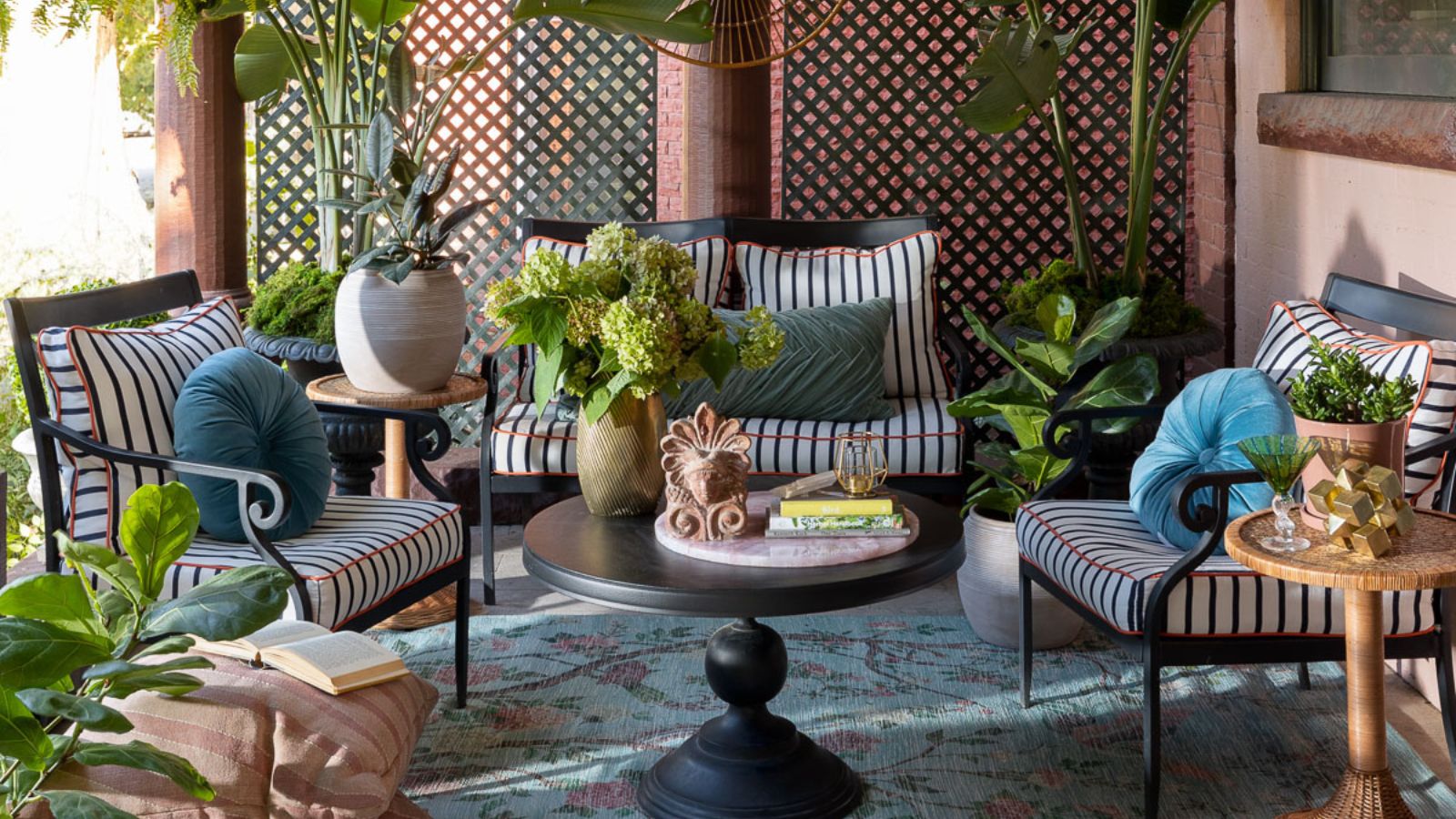 Designers share how to make your outdoor living room look more expensive – and the affordable products to get you there
Designers share how to make your outdoor living room look more expensive – and the affordable products to get you thereFrom layered lighting to luxe-looking textiles, these simple swaps made all the difference
By Charlotte Olby Published
-
 5 surprising but brilliant ways to clean with old socks – from perfectly buffing stainless steel to deterring pests naturally and more
5 surprising but brilliant ways to clean with old socks – from perfectly buffing stainless steel to deterring pests naturally and moreTackle dust in tricky corners, clean your mirrors and even banish bad odors with those rogue single socks
By Andy van Terheyden Published